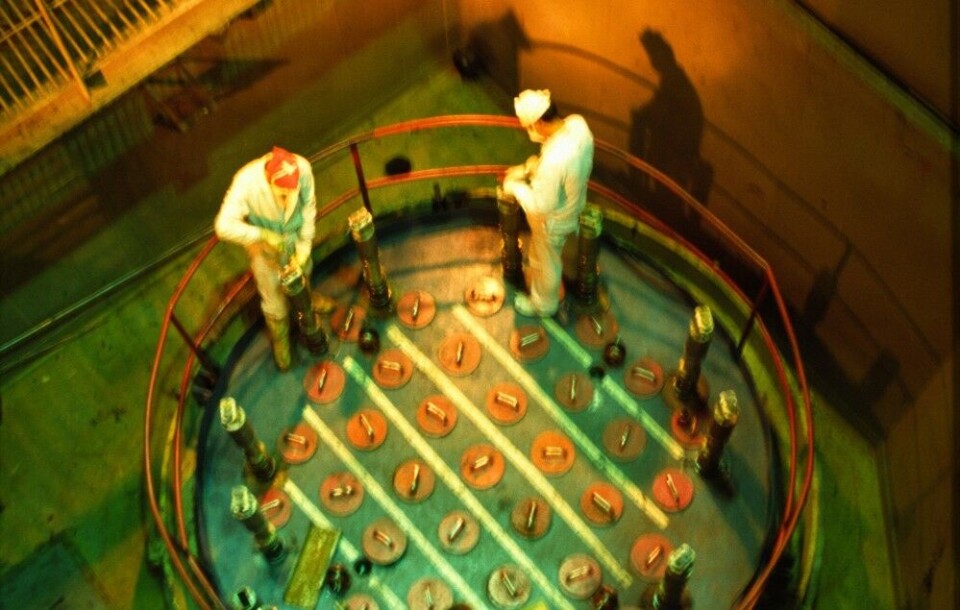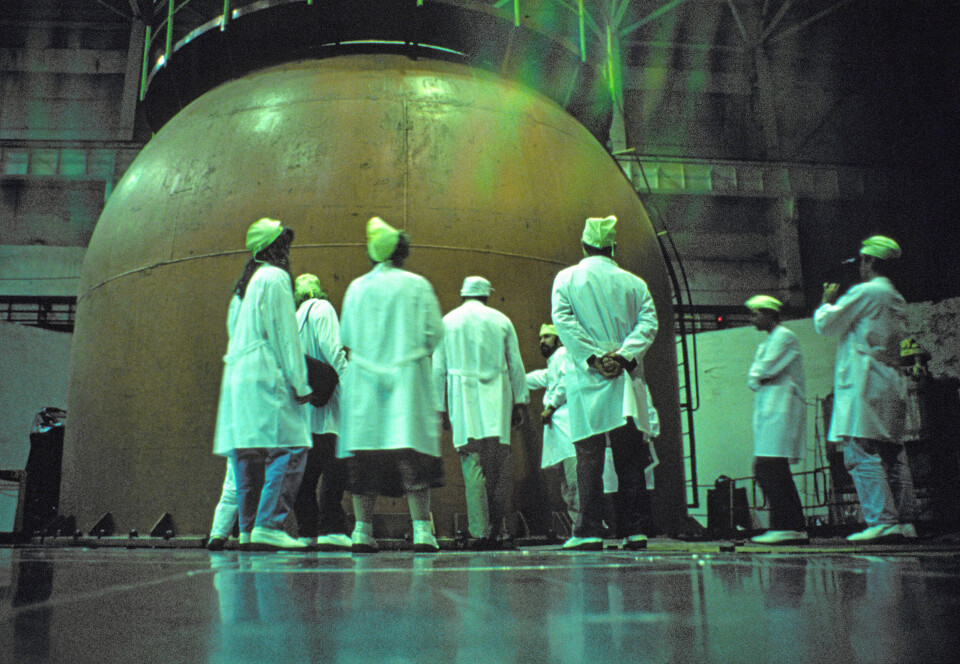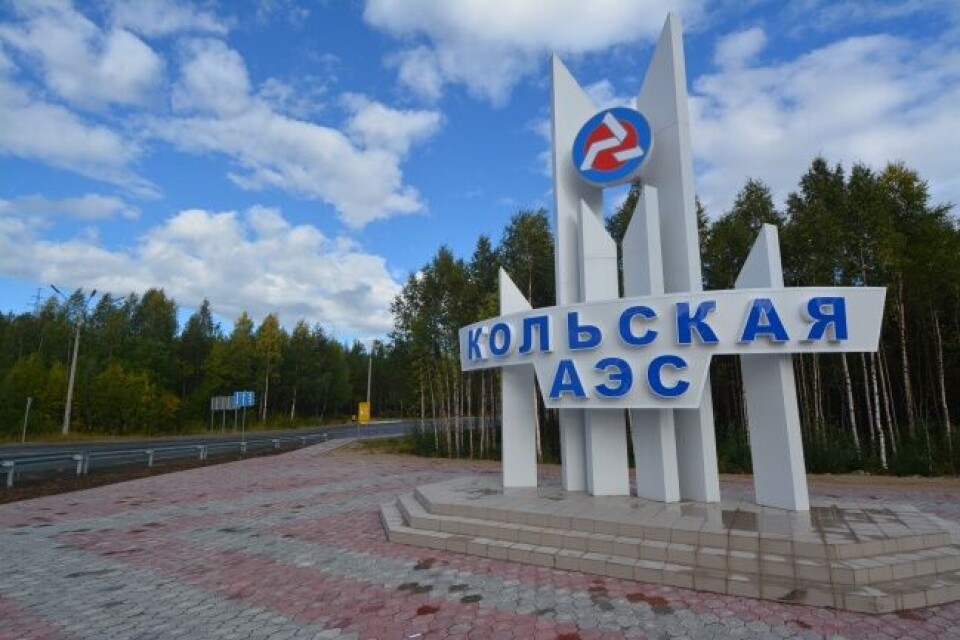
This 45 years old reactor is now shut down, getting ready for another 15 years to run
Reactor No. 1 at Kola nuclear power plant was originally designed to work for 30 years, but will be 60.
p.p1 {margin: 0.0px 0.0px 0.0px 0.0px; font: 11.0px ‘Helvetica Neue’; color: #000000; -webkit-text-stroke: #000000}span.s1 {font-kerning: none}
Yesterday, on April 17, Russia’s oldest commercial operating water-cooled reactor of the VVER-440 type was switched off the grid and shut down. Now, a major upgrade lasting for 195 days starts, State Atomic Energy Corporation Rosatom informs.
The reactor, started in 1973, was supposed to end its life time in 2003, but the license was extended for an additional 15 years period ending in 2018. In 2015, however, safety calculations were initiated aimed at yet another prolongation of the reactor’s life time.
The physical improvements needed to run the reactor for another 15 years starts now.
«All the planned works are aimed at improving the safety level of the Kola nuclear power plant and extending the lifetime of the equipment for an additional period of operation,» says director of the plant, Vasily Omelchuk. «We have a lot of work to do modernizing existing systems and implement new systems and gear which will ensure the operation of the reactor for the next 15 years.»
Omelchuk says the works include a new emergency cooling system for the reactor core, both an active and passive system. Additionally, new control safety systems, radiation monitoring systems as well as diagnostic systems will be installed.
A few years after the breakup of the Soviet Union, the International Atomic Energy Agency (IAEA) initiated a full safety evaluation of these old VVER-400/230 reactors, at that time in operation in Russia, Bulgaria and Czechoslovakia. A plant in the former East Germany was already shut down for safety concerns.
The IAEA report published in 1996 identified some 100 safety issues and pointed out a ranking of needed improvements. In the 90s, safety problems at Kola nuclear power plants caused headlines not only in Russia, but also in neighboring Scandinavian countries.

Norway granted the power plant with both cash for improving the safety, but also practical equipments like external generators to ensure cooling in case of loss of power to the inbuilt cooling system. Foreign Minister of Norway at the time, Bjørn Tore Godal, however, ensured the Parliament in Oslo in 1995 that all Norwegian technical assistance to Kola nuclear power plant should not «contribute to prolong the lifetime of the reactors, only to improve the safety.»
p.p1 {margin: 0.0px 0.0px 0.0px 0.0px; font: 11.0px ‘Helvetica Neue’; color: #000000; -webkit-text-stroke: #000000}p.p2 {margin: 0.0px 0.0px 0.0px 0.0px; font: 11.0px ‘Helvetica Neue’; color: #000000; -webkit-text-stroke: #000000; min-height: 12.0px}span.s1 {font-kerning: none}
«The extension of the life-time for reactor No. 1 is the most important task for 2018 for the entire collective of Kola nuclear power plant,» explains the plants Chief Engineer Vladimir Matveev in the press information published by Rosatom this week.
Rosatom says the work on extending the life-time of nuclear power plants is a global trend and happens not only in Russia.

While the oldest reactor is under upgrade until late 2018, the three other reactors at Kola nuclear power plant will be running as normal.
p.p1 {margin: 0.0px 0.0px 0.0px 0.0px; font: 11.0px ‘Helvetica Neue’; color: #000000; -webkit-text-stroke: #000000}span.s1 {font-kerning: none}
Kola nuclear power plant’s share of the electricity production in Murmansk region is about 60%. It is located near the city of Polyarny Zori about 170 kilometers south of Murmansk city and 220 kilometers from the border to Norway and 100 kilometers from the border to Finland.
















